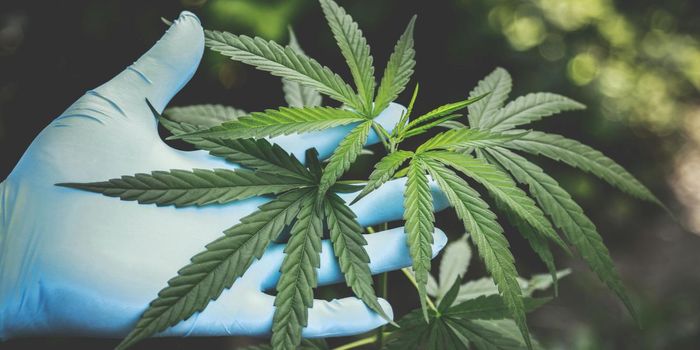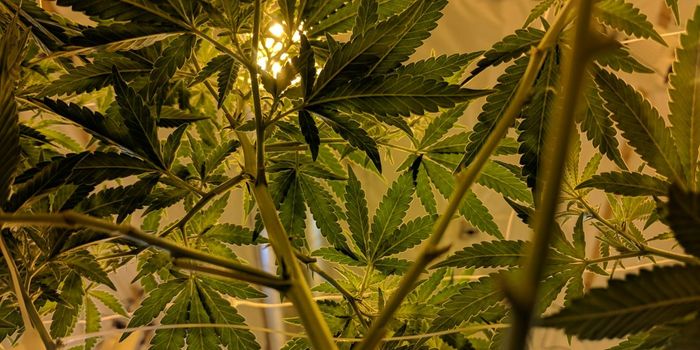Researchers Identify Urinary Biomarkers of Synthetic Cannabis
The National University of Singapore's (NUS) team has successfully identified the urinary biomarkers of an emerging subclass of synthetic cannabinoids called OXIZID. OXIZIDs are new synthetic cannabinoids identified in Singapore in 2021 that can be used in substance abuse detection.
The emergence of synthetic cannabinoids has complicated legal policy enforcement. Despite state legislative bans on these substances, manufacturers have produced novel synthetic cannabinoids, including OXIZID to evade forensic detection.
To identify the specific metabolites suitable for detecting consumption of the OXIZID analogs, the team categorized 12-16 major metabolites of each of the four OXIZID analogs. The selection was narrowed down to three metabolites that could serve as reference urinary biomarkers to detect OXIZID consumption. The metabolites were found in high abundance in urine samples following OXIZID consumption.
The three new metabolites will support global efforts to monitor OXIZID abuse. In addition, the National University of Singapore team has also determined critical enzymes responsible for major metabolic pathways involved in the rapid metabolism of OXIZIDs. These findings can facilitate a greater understanding of the toxicological implications of OXIZID consumption. This could help predict metabolite profiles of new synthetic cannabinoids with similar core structures as well as drug interactions between OXIZIDs and other illicit drugs or medications.
Synthetic cannabinoid consumption can detect biomarkers in urine. These biomarkers are often metabolites of the original synthetic cannabinoid consumed, as these cannabinoids are known for their rapid and extensive metabolism in the human body. Little is known about the metabolite profiles of OXIZID, and their associated biomarkers have yet to be established. This poses a challenge to forensic toxicologists in their attempts to identify OXIZID abusers.
The team built on their previously developed research methodology, which combines in vitro biosynthesis of OXIZID metabolites with a comparison and analysis of anonymized urine samples from suspected drug users.
Sources: Eureka News Alert, National University of Singapore








